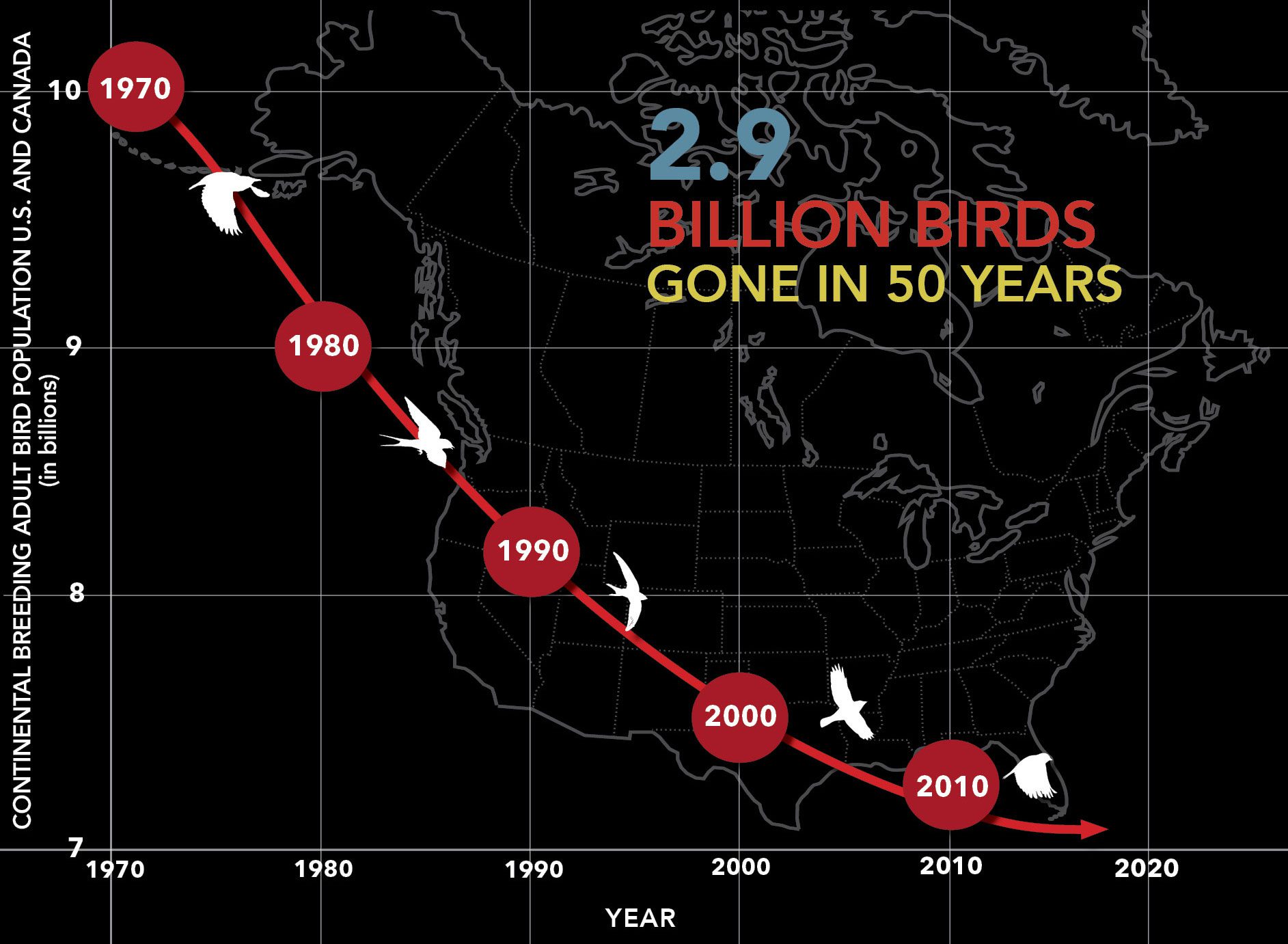Feathers as Environmental Feedback
Birds live in nearly every ecosystem on Earth, from deserts to dense forests, coastlines to city parks. Because of their sensitivity to environmental changes and their ability to move across landscapes, birds act as real-time indicators of ecosystem health. When bird populations rise or fall, or their behaviors shift, it often signals deeper changes in the environment — including those that affect humans. Like the proverbial 'canary in the coal mine', birds warn us of dangers we might not see until it's too late.
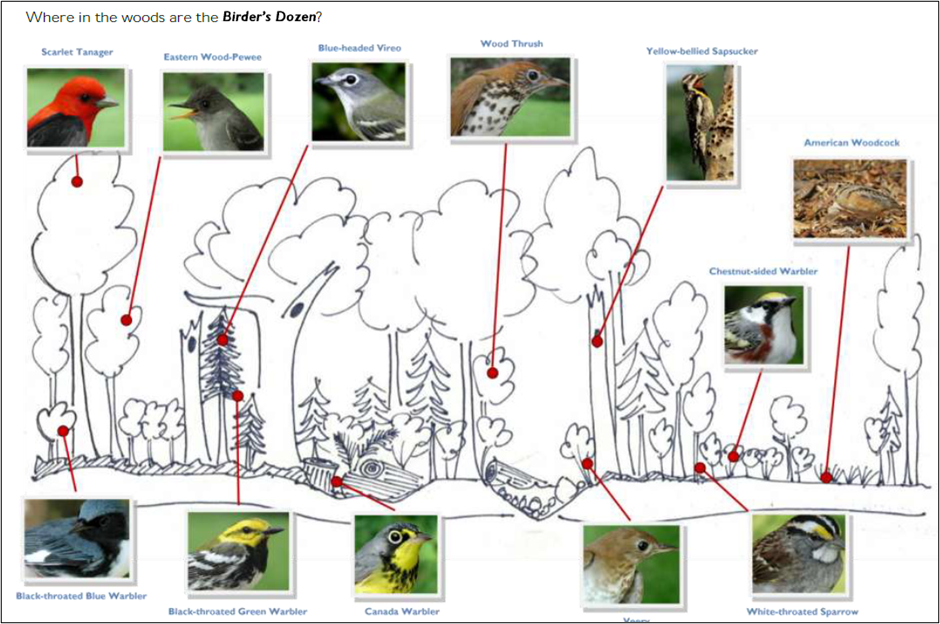
A Global Alarm System in the Sky
Bird populations often decline before humans notice the broader ecological issues that caused those declines. Whether it's a drop in food sources, water contamination, or habitat loss, birds respond quickly and visibly. Organizations like BirdLife International and the Audubon Society track these changes to better understand local and global environmental threats. Their data has even informed climate and pollution models.
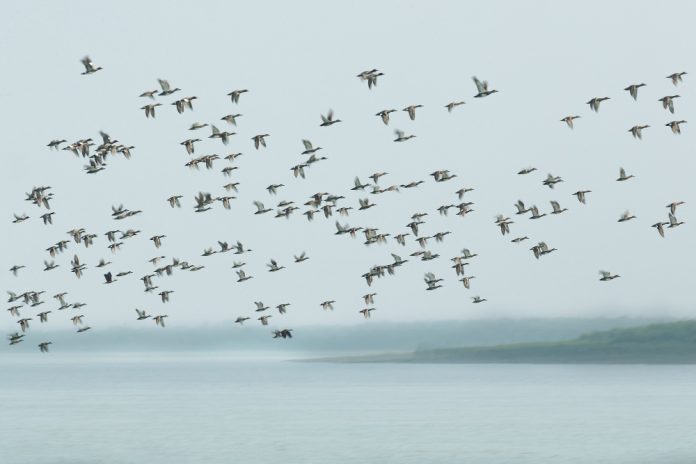
Birds and Biodiversity
Where birds thrive, biodiversity tends to follow. Healthy bird populations often signal that an ecosystem supports a wide variety of plant and animal life — from insects to mammals. Conversely, a reduction in bird diversity may mean an ecosystem is under stress. Birds also provide ecosystem services, like pollination, seed dispersal, and pest control, further amplifying their ecological importance.
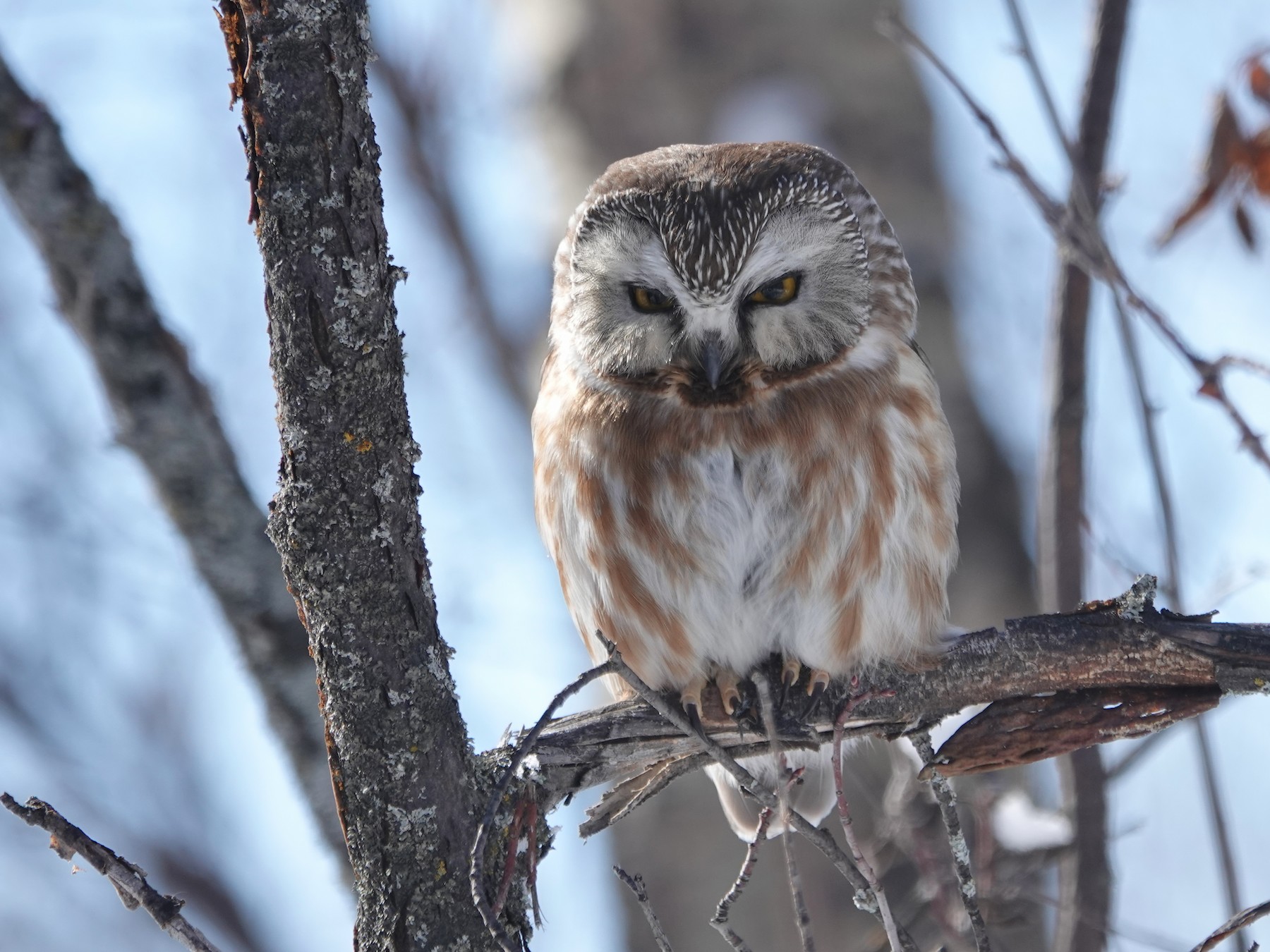
Pollution and Pesticides: Canary in the Coal Mine
Certain bird species are especially vulnerable to pollution. For instance, pesticide exposure has been linked to declines in grassland bird species. Similarly, waterbirds like herons and ducks can accumulate dangerous levels of mercury and lead from contaminated wetlands. Because birds are relatively easy to monitor and test, they often reveal how deeply pollutants have penetrated into the food chain.
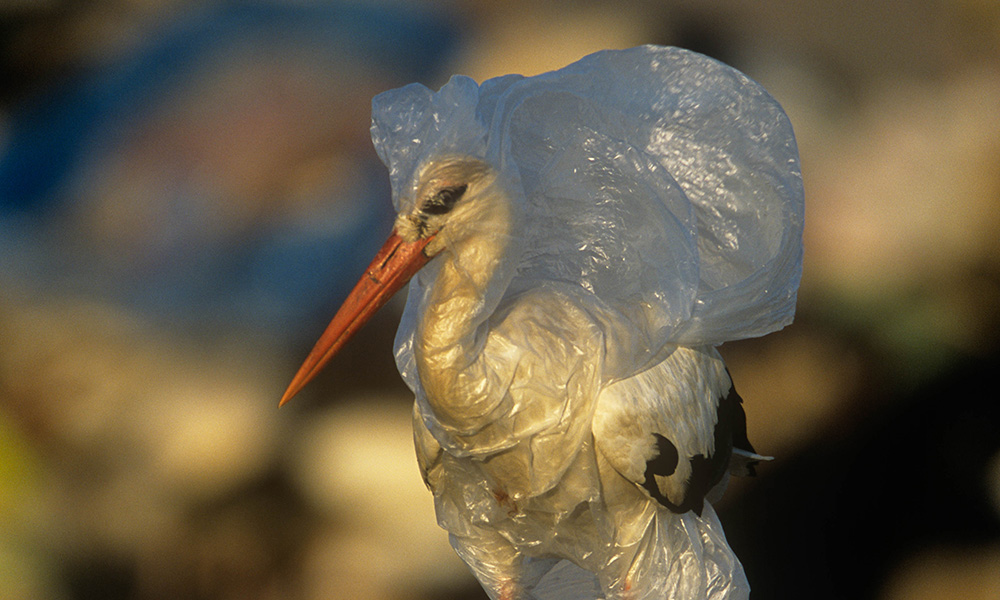
Climate Change Through the Eyes of Birds
As climate zones shift, birds are among the first animals to respond. Many species migrate earlier or later than before, shift their nesting ranges, or struggle to find suitable food. For example, some Arctic-nesting birds now face mismatches between chick hatching and insect availability due to warming. These disruptions reveal not just how birds are affected, but how ecosystems are unraveling.

Habitat Destruction Reflected in Bird Declines
The loss of forests, grasslands, wetlands, and other natural spaces directly translates into fewer birds. Iconic species like the Wood Thrush and the Cerulean Warbler are declining because of habitat fragmentation across North and South America. The presence — or absence — of bird species in an area often reflects how much natural habitat remains, and whether conservation efforts are working.

What Birds Reveal — And Why It Matters
Birds are not just background music to the world — they are an integral part of it. Watching how they move, thrive, or vanish offers insight into our own survival. By paying attention to the signals birds give us, we can better understand the planet’s health, and perhaps intervene before damage becomes irreversible. In the end, saving birds is not just about birds. It's about saving ourselves.
